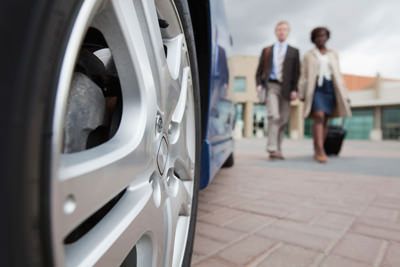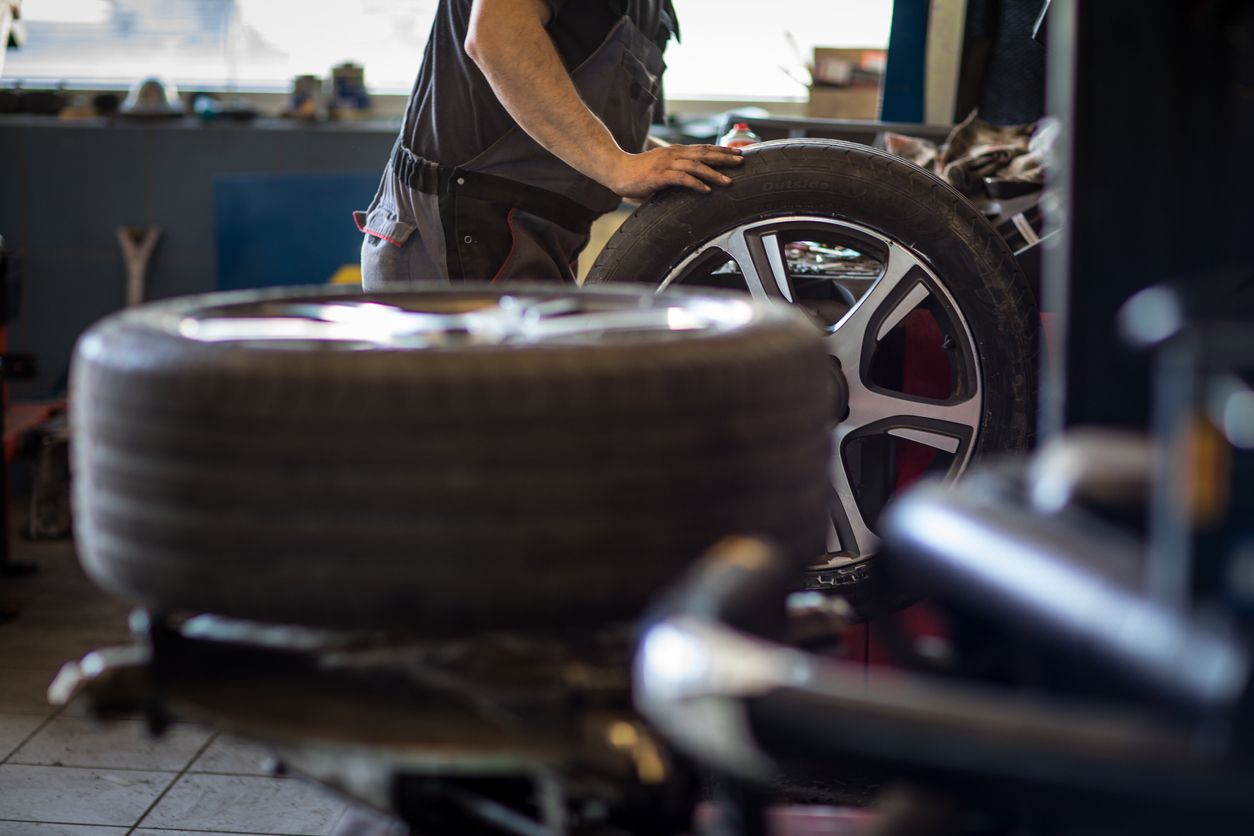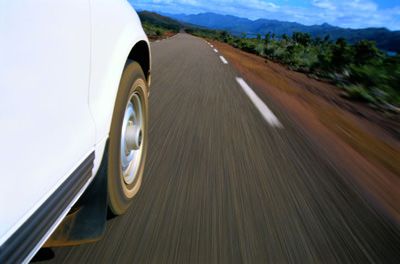Alignment Settings
The following settings are dependent on the intended use of your vehicle and manufacturer recommendations.
What does Camber mean?
Camber plays a major role in your cornering and stability. Now, to give you a demonstration, you’re going to want to use your feet to best understand camber. Let’s get started.
Stand up. No, really, stand up. Now, place all your weight on the outside of both feet. This is what is called “positive camber.” Now do the reverse and place all your weight on the inside of your feet. That’s ’negative camber.’ Positive camber is for stability, while negative camber is common in high performance vehicles that require better cornering.
Quick fact: While some positive or negative camber is good, too much of either is bad.
How does camber differ for different types of vehicles?
All vehicles are different: An obvious fact that makes for an important point. While positive camber is used to improve ride quality and vehicle stability, high performance vehicles may require better cornering performance. Either way, your vehicle manufacturer will have the exact angles for this setting. We’ll use those angles to properly align the wheel camber.
How does suspension affect camber?
Part of your suspension has these things called rubber bushings. Yes, this part has a funny name, but its importance is no laughing matter. Bushings can break down over time, allowing excessive movement to occur in the suspension. This additional flexibility leads to poor turning performance and accelerated and uneven tire wear.
Having alignment issues? Let’s get you back on the straight and narrow.
What does caster do for alignment?
It’s all about straight lines with caster. Take a look at a bicycle. Trust us, this is going to be the best way to understand the caster setting. Caster is the reason your bicycle steers in a straight line even after you take your hands off the handlebar. That’s because the front spindle on your bicycle has a forward angle (caster) built in.
Your car’s caster works in the same way. When your car travels straight down the road with little handling on your part, that’s due to your caster setting. If you’re driving down a straight path but start pulling to one side, that’s a sign your caster is off. We’ll get you all fixed up and realigned.
What does caster provide to your alignment?
- Directional stability: The ability to stay on a straight course with little or no effort.
- Returnability After completing a turn, your steering wheel spins back to the “straight ahead” position. You can thank the caster for that.
Do caster settings change for different types of vehicles?
Without a doubt. The caster angle is determined by your vehicle’s suspension design and the intended vehicle use. If you have a high speed, high performance ride, your sports car will need more caster to handle better on the straightaway and when coming out of turns. Can we get a vrooom over here?
Can you detect a caster problem on your own?
Sometimes. The most obvious and easiest sign to detect is if you feel your vehicle pulling to one side. This may mean your alignment needs adjustment. To be sure though, bring it to us and let us take a look.
Quick Fact: Negative caster settings were more common when vehicles didn’t have power steering. That may be before your time, but inquiring minds want to know.
What does “toe in” or “toe out” refer to?
Now to fully appreciate and understand this alignment angle, you’ll want to walk like a penguin. Now point your feet out. That is considered “toe out.” Ok, now point them inwards. That’s “toe in.” Pretty simple. Apply these position to your front and rear tires, and you’re now a toe alignment whiz. Go show off your new knowledge to your friends.
Knowing the Importance of “total toe.”
Total toe is meant to be at zero or close to zero while you’re cruising. If the total toe is off, severe tire wear can result. You see, proper toe settings make it possible for the least amount of resistance to occur when your tires spin. If the total toe is out of whack, you’ll experience uneven wear on the outside or inside part of your tires depending on whether your vehicle toe-in or toe-out setting is compromised.
Did you know? Toe problems are the leading cause of most tire problems and tire wear. It’s easy to miss the signs of a toe alignment problem. Having your alignment performed as recommended (approx. every 6,000 miles) will help protect your tire investment in the long run. Less tires replaced, more money in your pocket.
Ready for perfect alignment? So are we.
Take advantage of our Lifetime Alignment service.




